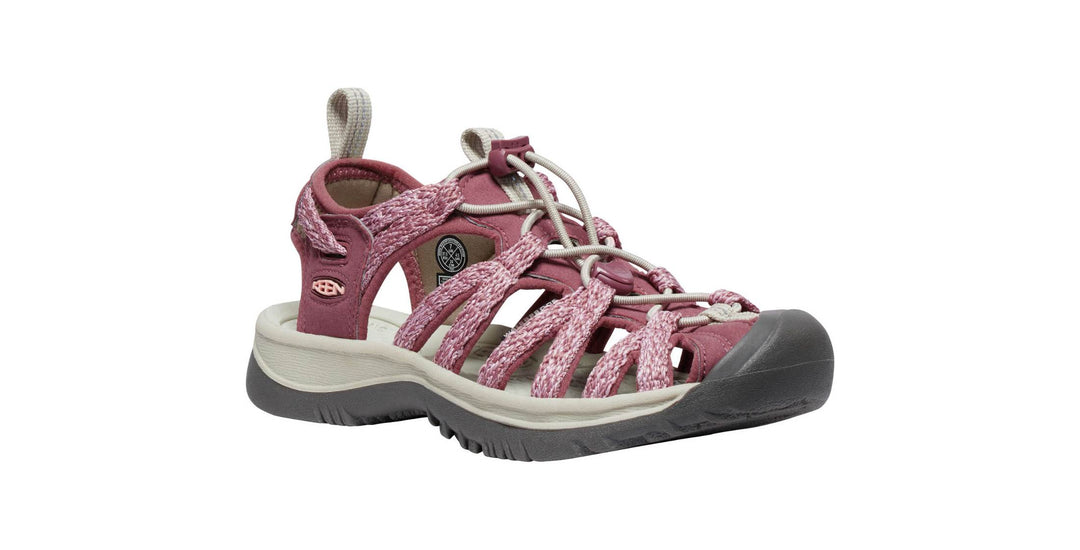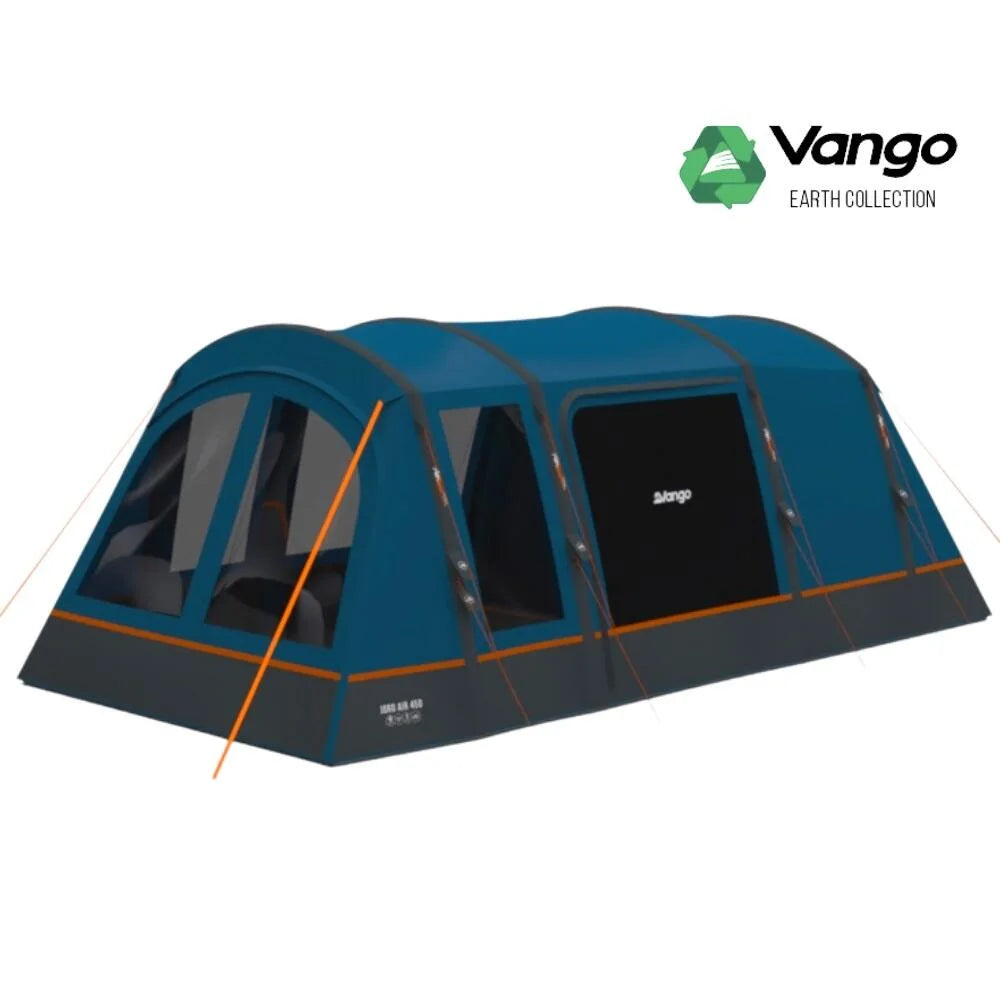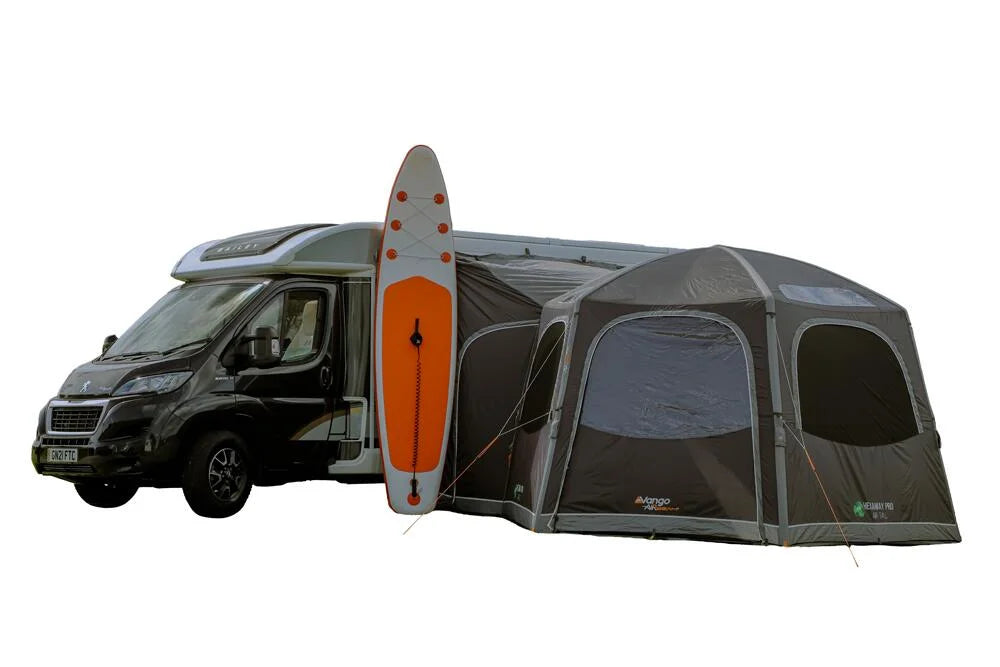Our National Parks: The Perfect Destination
Brits who advocate the staycation will always say that given our beautiful landscapes there is no need to venture to other shores (although this is often punctuated with “if it wasn’t for the weather”). Our islands are truly blessed with some of the most stunning scenery in the world, much of which is found in our national parks.
Across England, Scotland and Wales there are 15 national parks, which may come as a surprise to those who can only recall half a dozen! At BCH Camping we hear many stories of adventures in these areas of outstanding beauty, whether it be for walking, camping, glamping, hiking, climbing or simply having a relaxing day out. This got us wondering; what makes our national parks so ideal for all these activities, and what hoops does a stretch of land have to jump through to be given the prodigious title of National Park?
The national parks in the UK
| National Park | Area (square metres) | Location |
| Brecon Beacons | 1344 | South Wales |
| Cairngorms | 4,528 | Eastern Highlands of Scotland |
| Dartmoor | 953 | Devon |
| Exmoor | 694 | West Somerset/North Devon |
| Lake District | 2362 | Cumbria |
| Loch Lomond and the Trossachs | 1865 | Scotland |
| New Forest | 570 | Southern England |
| Northumberland | 1048 | North East England |
| North York Moors | 1434 | North East Yorkshire |
| Peak District | 1437 | Northern Derbyshire/Cheshire |
| Pembrokeshire Coast | 621 | West Wales |
| Snowdonia | 2176 | North Wales |
| South Downs | 1624 | West Sussex |
| The Broads | 303 | Norfolk/Suffolk |
| Yorkshire Dales | 2179 | North Yorkshire |
England: 10 National Parks cover 9.3% of the land area
Wales: 3 National Parks cover 19.9% of the land area
Scotland: 2 National Parks cover 7.2% of the land area
- There are approximately 447,000 people who live in the National Parks of England, Scotland, and Wales
- There are approximately 5,500 ancient monuments within the parks
- The parks contain more than 491 conservation areas which are protected areas of special architectural interest
- All the parks have vast areas designated for special natural beauty and special scientific interest.
The parks protect wildlife, stunning scenery and buildings and places of architectural and historic interest, whilst also maintaining established farms.
Unlike national parks in other countries, the UK national parks are not government-controlled. Land within a national park remains largely privately owned, with chunks being under the control of the National Trust, The Forestry Commission, the Ministry of Defence (MOD) and central and local government.
History of the national parks
In the industrial 1930s there was increasing public demand for access to the countryside. Despite a government inquiry in 1931 that recommended the implementation of a national park authority to select areas to become national parks, nothing was done. This instigated the 1932 mass trespass on Kinder Scout in the Peak District at which 5 men were imprisoned.
In 1949 the government finally passed an Act of Parliament to establish national parks. In the 1950s the first ten areas were given national park status:
- The Lake District
- Snowdonia, Dartmoor
- Pembrokeshire Coast
- North York Moors
- Yorkshire Dales
- Exmoor
- Northumberland
- Brecon Beacons
In 1989 The Norfolk and Suffolk Broads were given national park status, followed by two Scottish national parks, the Cairngorms and Lock Lomond & The Trossachs in 2000. In 2005 the New Forest became a national park, with South Downs following five years later.
Enjoying the national parks
The 8,972 square miles covered by the national parks of the UK offer a host of gems to see and experience, making them perfect destinations for walkers, climbers, families and campers, or anyone looking for a break from the daily grind.
As mentioned above, many of the BCH Camping customers spend a considerable amount of time in the national parks and come to us for all the essential clothing and kit. Our range of footwear accommodates any terrain or climate, including boots, sandals, gaiters and Wellington Boots.
The British weather that we alluded to earlier often presents a challenge, so if you’re visiting a national park we would always suggest layering your clothing. Our blog from last year provided a guide on layering which you may find useful. At BCH Camping we supply a wide range of waterproof clothing, including jackets and trousers that you can take with you in case they’re required, whilst wicking tops are essential for keeping you dry on the inside!
Camping in the national parks
There are many wild camping areas and an abundance of campsites in the national parks. With such natural beauty on the doorstep, and the requirement to be at one with nature, it’s hardly surprising that the national parks provide such popular destinations for those armed with a tent and pegs.
To enjoy the camping experience to the full, preparation is advisable. Don’t leave it until three weeks on Sunday to get your camping equipment – what if the weather is beautiful and you’re stuck back at base because you haven’t sorted out your camping kit? At BCH Camping we sell all the camping and caravanning equipment you’ll need, from tents, caravan awnings, furniture and sleeping bags to kitchen equipment, lighting and stoves.
However and whenever you travel, do your research to establish which national park would be the best destination for you. This may, of course, come down to geography but if you’re able to spread your wings and travel the country, there are so many beautiful places to see on these fabulous isles.
If we can be of any help in preparation for your travels do get in touch. Our staff are all experienced walkers and know a thing or two about our national parks. Happy travels!




